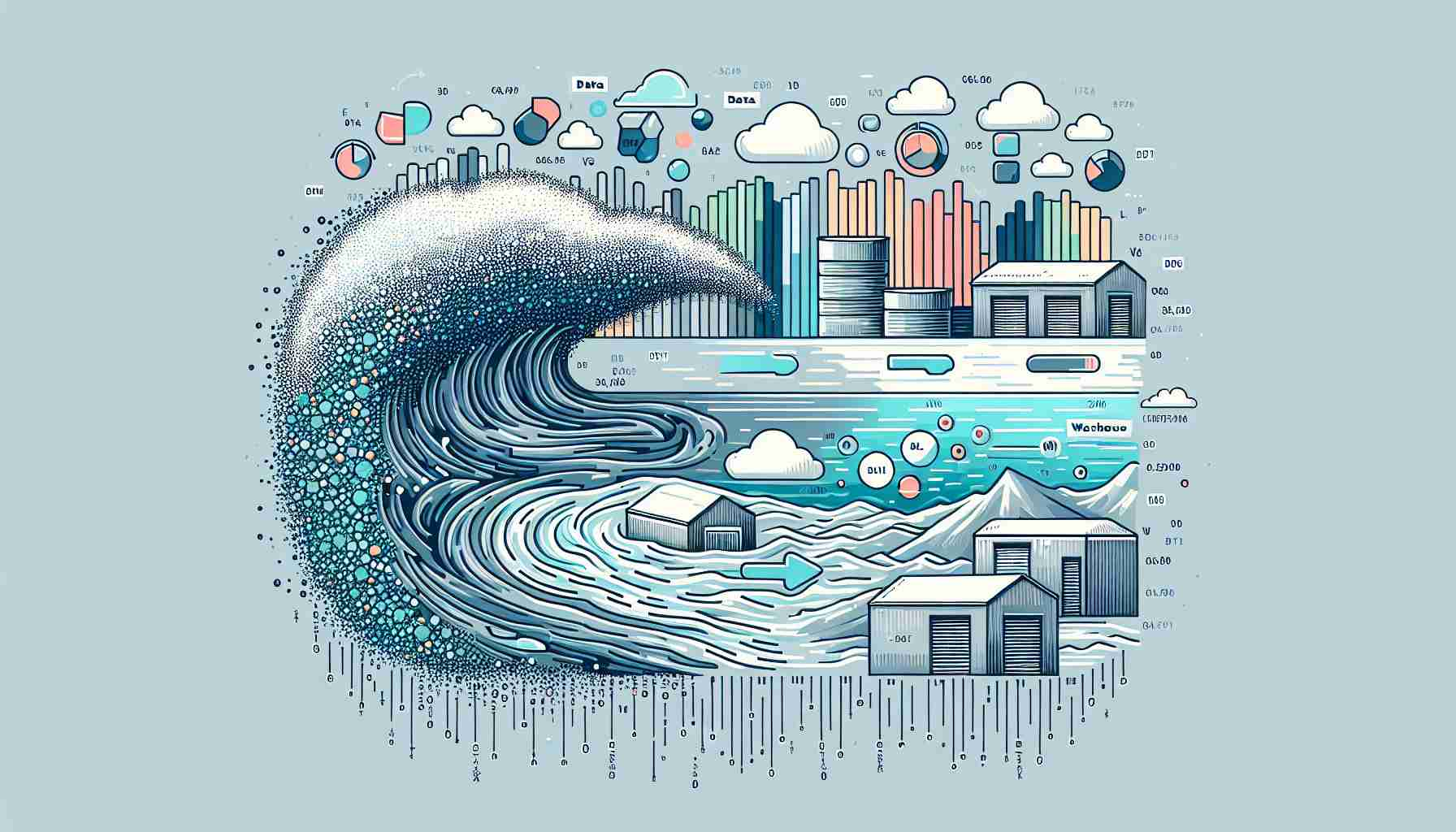Data Lake vs Data Warehouse Understanding the Key Differences

Data Lake vs Data Warehouse Briefly Summarized
- Data Lakes are vast storage systems that can hold a large volume of raw data in various formats including structured, semi-structured, and unstructured data.
- Data Warehouses are repositories for structured data that has been processed and refined for specific analytical purposes.
- Data Lakes are designed for big data and high scalability, while Data Warehouses are optimized for complex queries and data analysis.
- The schema in a Data Lake is applied on read (schema-on-read), whereas in a Data Warehouse, the schema is defined on write (schema-on-write).
- Data Lakes are more flexible in terms of the types of data they can store and how data can be used, while Data Warehouses require data to be cleaned and structured before it can be stored.
The world of data management and analytics has evolved rapidly, with organizations now having to choose between various systems to store and analyze their data. Two of the most prominent systems are Data Lakes and Data Warehouses. Understanding the differences between these two can help businesses make informed decisions about their data strategies.
Introduction to Data Lakes and Data Warehouses
Data Lakes and Data Warehouses are both used for storing big data, but they serve different purposes and are designed to meet different needs within an organization's data strategy.
What is a Data Lake?
A Data Lake is a centralized repository that allows you to store all your structured and unstructured data at any scale. The data stored in a Data Lake is raw and kept in its native format until it is needed for use. This approach offers high flexibility as it supports the storage of data from various sources, including IoT devices, social media, corporate databases, and more.
What is a Data Warehouse?
A Data Warehouse, on the other hand, is a system used for reporting and data analysis. It is a repository for structured, filtered data that has already been processed for a specific purpose. The data in a Data Warehouse is indexed and has a defined structure with schemas that are applied as the data is written into the database.
Data Structure & Schema
One of the key differences between a Data Lake and a Data Warehouse is how they handle data structure and schema.
- Data Lakes: They utilize a schema-on-read approach, which means that data is applied to a schema only when it is read from the storage. This allows for the storage of unstructured data like text, images, and videos, as well as structured and semi-structured data.
- Data Warehouses: They use a schema-on-write approach. The data is cleaned, structured, and written into the warehouse in a way that makes it easy to retrieve and analyze. This requires data to be processed before it is stored.
Storage Capacity and Flexibility
Data Lakes are designed to store vast amounts of raw data. They are highly scalable and can handle the storage of data as it accumulates, making them suitable for big data storage. Data Warehouses, while also scalable, are typically used to store processed data that is ready for analysis and is usually less voluminous than raw data.
Use Cases
- Data Lakes: Ideal for storing any type of data, supporting big data projects, data discovery, and data science initiatives where raw data is needed.
- Data Warehouses: Best suited for business intelligence, reporting, and situations where data needs to be structured and quality is paramount.
Query Performance
Data Warehouses are optimized for query performance. They are designed to handle complex queries quickly and provide fast insights. Data Lakes, due to their vast size and lack of structure, can be slower when it comes to querying, especially if the data has not been indexed or organized beforehand.
Conclusion
Choosing between a Data Lake and a Data Warehouse depends on the specific needs of an organization. If the requirement is for agile, unstructured data storage that can handle massive volumes of data, a Data Lake may be the right choice. However, if the organization needs fast, reliable, and structured data analysis, a Data Warehouse is more suitable.
FAQs Section
What is the main difference between a Data Lake and a Data Warehouse?
The main difference lies in the type of data they store and how they store it. Data Lakes store raw, unstructured, semi-structured, and structured data, while Data Warehouses store structured data that has been processed for analysis.
Can a Data Lake replace a Data Warehouse?
Not necessarily. While Data Lakes are more flexible and can store vast amounts of raw data, Data Warehouses are optimized for data analysis. They serve different purposes and can complement each other in a data strategy.
Is a Data Lake suitable for small businesses?

It depends on the data needs of the business. If a small business generates a large amount of unstructured data and needs a flexible environment to store it, a Data Lake could be suitable. However, if the business primarily requires structured data analysis, a Data Warehouse might be more appropriate.
How does the cost of maintaining a Data Lake compare to a Data Warehouse?
Generally, the cost of maintaining a Data Lake can be lower since it involves storing raw data without the need for extensive processing. However, the costs can increase if the Data Lake grows significantly and requires more management and organization. Data Warehouses can be more expensive due to the processing and structuring of data, but they may offer better performance for analytical queries.
Sources
- Data engineering
- Data Lake vs Data Warehouse vs Data Mart - Difference Between ...
- Data Lake vs Data Warehouse: 6 Key Differences - Qlik
- Difference between Data Warehouse and Data Lake? - Reddit
- Data Lake vs. Data Warehouse: What's the Difference? - Coursera
- Data Lake vs. Data Warehouse: The Ultimate Guide - Splunk
- Data Lake vs. Data Warehouse | Snowflake
- What is the difference between data warehouse and data lake?
- Data Lake vs. Data Warehouse: What's the Difference?